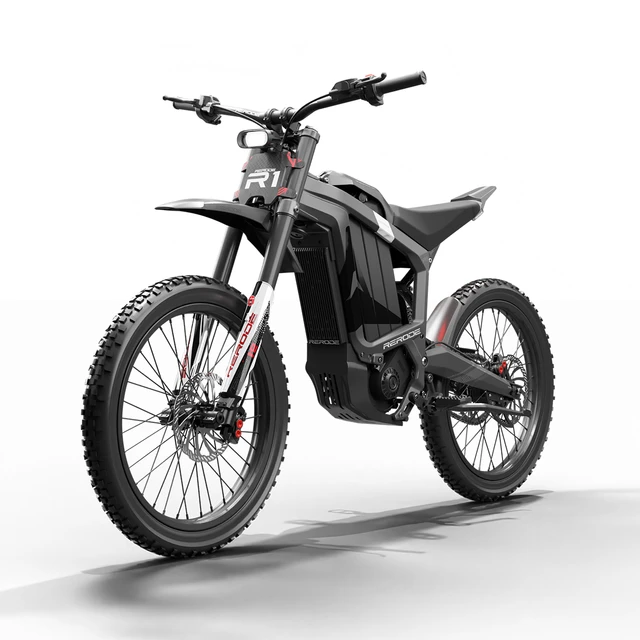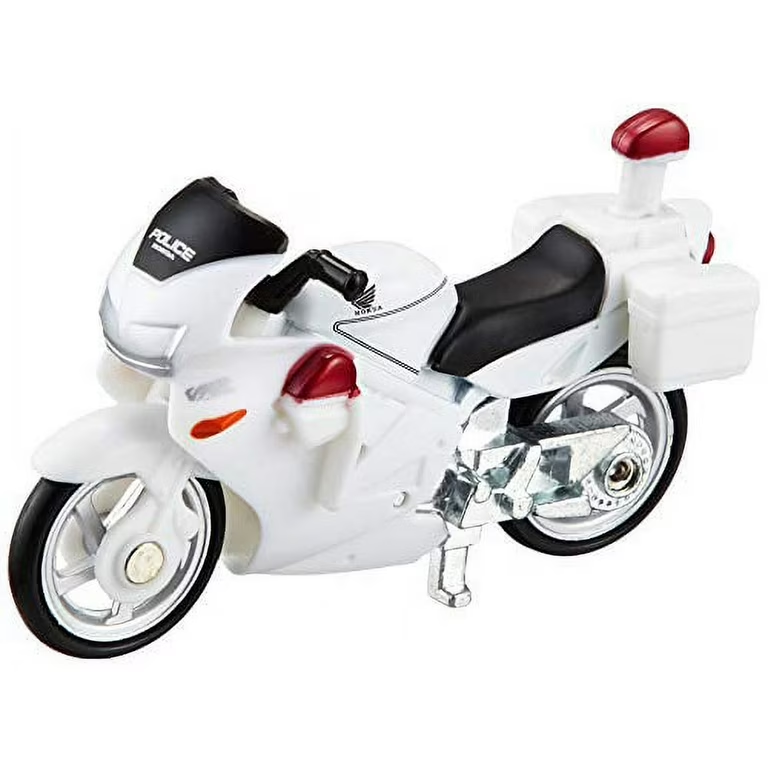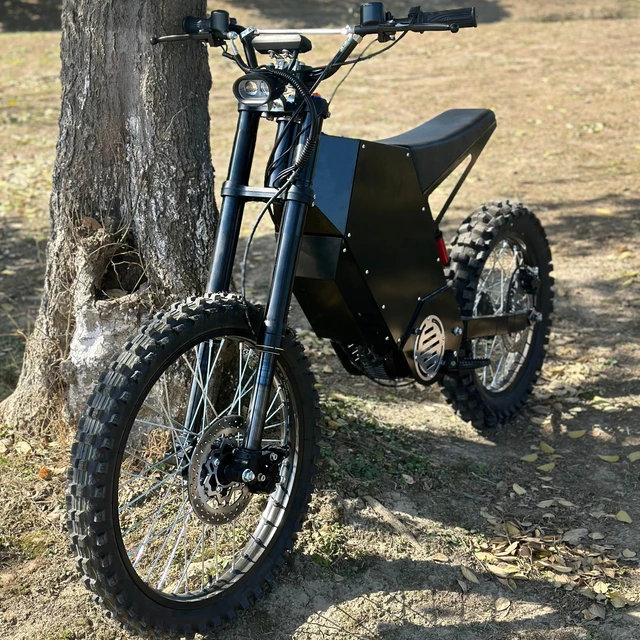Introduction to Motorcycle Safety and Licensing in Nevada
Nevada’s picturesque roads and scenic landscapes make it an attractive state for motorcycle enthusiasts. However, the freedom of riding on two wheels comes with significant responsibility. Safety and proper licensing are critical aspects of motorcycle riding that cannot be taken for granted. In Nevada, adhering to safety protocols and having the appropriate license ensure that riders are not only legal but also equipped to handle the inherent risks of motorcycling.
Importance of Motorcycle Safety Training
Motorcycle safety training is paramount for all riders, whether they’re just starting out or have been riding for years. Training courses provide valuable knowledge on handling a motorcycle, traffic laws, and emergency maneuvers that could save lives. The importance of these courses cannot be overstressed, as they significantly reduce the likelihood of accidents by promoting responsible riding behaviors.
Nevada offers various motorcycle safety training programs, which are instrumental in developing a foundational understanding of motorcycle operation. Moreover, completing safety training can ease the process of obtaining a Nevada motorcycle license, as some programs are designed to be recognized by the state’s Department of Motor Vehicles (DMV). The Motorcycle Safety Foundation (MSF) curriculum, for instance, is a respected and widely-taught standard. Completion certificates from certified MSF courses might even waive certain DMV testing requirements, setting you on a smoother path toward getting licensed.
Requirements for Nevada Motorcycle Licensing
To legally ride a motorcycle in Nevada, one must secure a motorcycle endorsement on their driver’s license. This involves meeting specific requirements that ensure the rider’s capability and understanding of safe riding practices. Applicants are typically required to pass written and on-cycle skills tests; however, these can often be waived if the applicant has successfully completed an approved safety course.
In addition to passing tests, riders must possess the necessary safety gear mandated by the state for all classes. This includes a full helmet or full-face helmet, eye protection, full-fingered gloves, a long-sleeved shirt, sturdy pants, and over-the-ankle boots with a good grip. Ensuring you have the appropriate gear is not just about legality; it’s essential for your protection on the road.
By understanding and adhering to the safety training and licensing requirements in Nevada, riders contribute to a safer environment for everyone on the road. They set themselves up for an enjoyable and responsible motorcycling experience that respects the laws and values of the riding community.
Motorcycle Training Courses Offered in Nevada
Nevada takes motorcycle safety seriously, offering a variety of training courses tailored to the different experience levels of riders. Whether you are new to motorcycles or looking to enhance your skills, Nevada has a program to fit your needs. By immersing yourself in these courses, you can gain confidence, improve your skill set, and become more acquainted with your motorcycle, all while being guided by certified professionals.
Introduction to Motorcycling: A Primer for Beginners
Designed for those who are completely new to motorcycling, Nevada offers an introductory class called ‘Introduction to Motorcycling.’ This initial foray into the world of bikes covers basic motorcycle controls, engine start-stop procedures, the utilization of a foot shifter, and how to manage the hand-operated clutch and throttle. In just two hours, beginners get familiarized with the motorcycle lingo and receive a preliminary understanding of what it takes to operate a bike. Although not a standalone course for riding or license waiver, it serves as the perfect precursor to the more comprehensive Basic Rider Course.
Basic Rider Course I: From Novice to Licensed Rider
The Basic Rider Course I (BRC I) is the next step for new riders or those returning to the craft. It’s a comprehensive learning experience that combines an online e-course with hands-on riding practice. The theoretical part of the class introduces riders to risk management teachings and cultivates the rider’s character. The on-cycle training then sharpens essential physical skills like braking, swerving, and cornering. Success in this course not only boosts the rider’s confidence but also provides a completion card that the Nevada DMV recognizes as a license testing waiver—a significant step toward becoming a fully licensed motorcyclist.
Basic Rider Course II: Taking Experienced Riders Further
For riders who own a bike and have a firmer handle on riding, the Basic Rider Course II (BRC II) is ideal. A challenging one-day class with both an e-course and a preliminary skill evaluation sets the stage for this advanced training. It delves into both the physical and mental enhancement of riding skills, with successful completion leading to another Nevada DMV-recognized completion card.
Enhancing Your Riding Skills with Advanced Training
After covering the basics of riding and securing a Nevada motorcycle license, the journey towards motorcycle proficiency continues. The state offers advanced training options for riders looking to take their skills to the next level. These courses are designed to not only improve riding techniques but also to enhance riders’ situational awareness and overall safety on the road. Engaging in advanced training is beneficial for every rider, regardless of how experienced they may be, as there’s always room for improvement when it comes to mastering control and safety.
Advanced Riders Course: Mastering Control and Safety
The Advanced Riders Course (ARC) in Nevada is for those who wish to further enhance their skills and face new challenges on two wheels. The ARC focuses on building a rider’s control over their motorcycle, refining their mental and physical capabilities. Unlike basic courses, the ARC adopts a more holistic approach to riding, bringing in elements of self-assessment and self-control.
In this intensive one-day class, participants engage in range exercises mixed with critical discussions. They work on advanced techniques for better braking and cornering, all the while receiving guidance on smooth operation and control, regardless of road conditions. Coaches push riders to try out new maneuvers, empowering them with skills that are invaluable during unexpected situations on the road.
The Role of Self-Awareness and Techniques in Motorcycle Riding
Self-awareness is a crucial component of the ARC. Riders are encouraged to reflect on their values, behaviors, and attitudes, and how these align with safe riding practices. The ARC places a strong emphasis on the mental aspects of riding, such as controlling emotions and maintaining a clear focus while navigating dynamic environments.
Technique-wise, the course exposes riders to steering inputs and control methods that may not be commonly used in everyday riding but are essential in critical situations. By promoting self-awareness and precision in technique, the ARC goes beyond the basics, preparing riders to be more adaptable and proficient in their riding.
How Advanced Training Benefits Rider Competence and Confidence
Through advanced training, riders better understand their machine. They learn swift, effective reactions to road challenges. Interaction with experienced coaches helps significantly.
Practicing advanced techniques in a controlled environment builds competence and confidence. Riders completing the ARC feel more connected to their motorcycle.
They report feeling more competent in complex riding scenarios. Such training instills confidence and a renewed sense of responsibility. It empowers riders to enjoy motorcycling more safely.
Ultimately, advanced training fosters a skilled, aware riding community. This contributes to safer roadways for everyone.
Enhancing Your Riding Skills
Continuous improvement and education are vital for all motorcycle riders, regardless of experience level.
Advanced Riding Courses
Consider taking advanced riding courses offered by the Motorcycle Safety Foundation or other accredited institutions. These courses cover advanced techniques, defensive riding strategies, and emergency maneuvers. Continuous education enhances your riding skills and safety on the road.
Riding Organizations and Clubs
Joining a motorcycle riding organization or club can provide valuable resources, support, and camaraderie. These groups often organize rides, events, and training sessions.
 Special Situations
Special Situations
Certain situations may require additional steps or considerations when obtaining a Nevada motorcycle license.
Out-of-State Transfers
If you already hold a motorcycle license from another state, you may be able to transfer it to Nevada without retaking the tests. Check with the Nevada DMV for specific requirements and procedures. Usually, providing proof of your out-of-state license and passing a vision test are required steps.
Military Personnel
Nevada offers specific provisions for active-duty military personnel and their families. If you’re stationed in Nevada, you might qualify for certain exemptions or expedited processes. Contact the Nevada DMV or your base’s legal office for detailed information.
Additional Requirements and Considerations
There are several other factors to keep in mind as you work toward your Nevada motorcycle license.
Safety Equipment
Nevada law mandates that all motorcycle riders wear a helmet. Investing in a quality helmet, along with other protective gear like gloves, jackets, and boots, enhances your safety on the road. Always prioritize safety and choose gear that meets recognized safety standards.
Conclusion: Hitting the Open Road
Obtaining a Nevada motorcycle license is a rewarding journey that opens up a world of adventure and freedom. By following the outlined steps, you can enjoy the thrill of motorcycle riding. Meet initial requirements and pass tests. Practice with an instruction permit. Complete the road test to finalize the process. Remember, safety is paramount; always wear proper gear, ride responsibly, and continue to enhance your skills through education and practice. Embrace the spirit of the open road and explore the diverse landscapes Nevada has to offer on your motorcycle. Happy riding!




